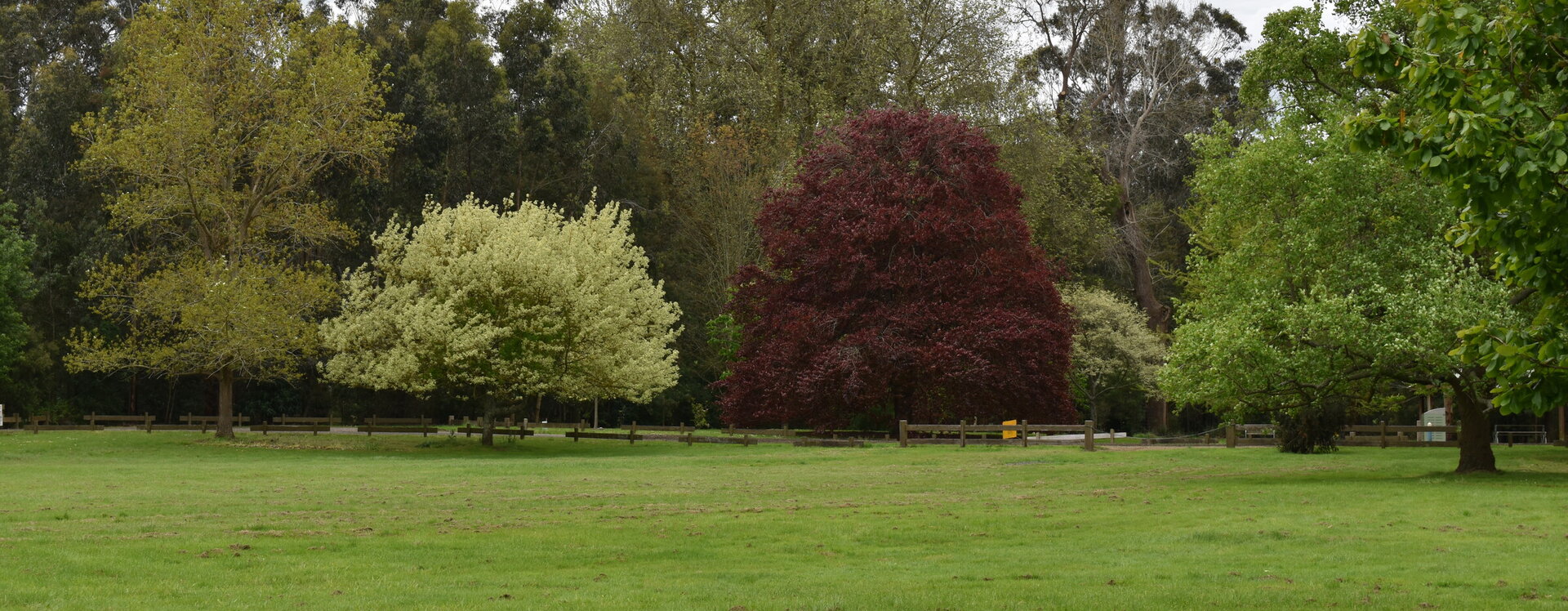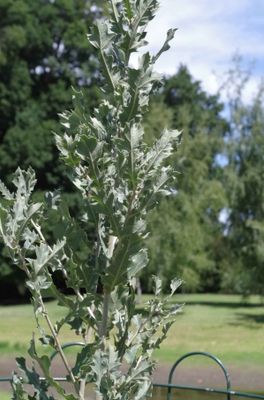
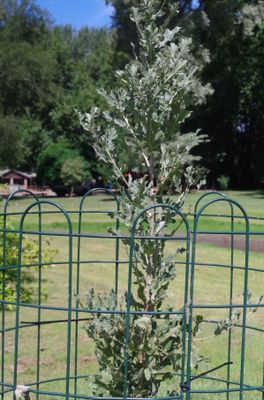

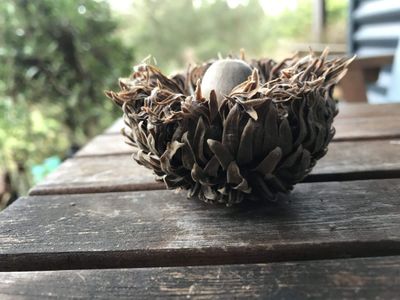
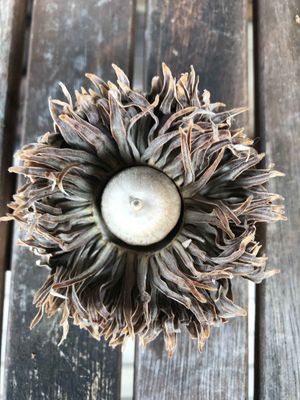
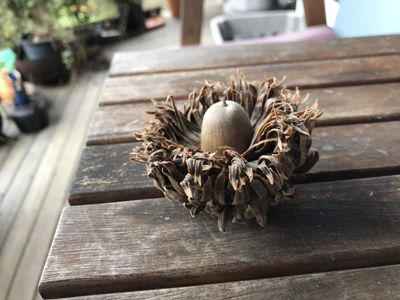
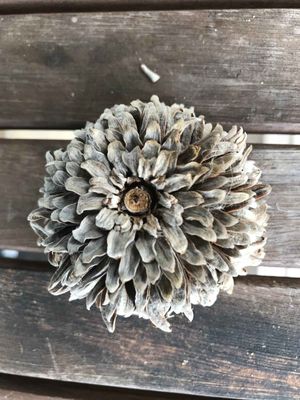

Quercus ithaburensis subsp. macrolepis
Quercus
Quercus ithaburensis subsp. macrolepis, is a species of oak found in Southeastern Europe, from southeastern Italy, southern Albania and Greece.Taxonomists described two different subspecies that are geographically separated: Q. ithaburensis subsp. macrolepis (Kotschy) Hedge & Yalt., known as valonia oak, which is present in the north east of the Mediterranean basin (Turkey, Greece, and southeastern Italy), and Q. ithaburensis subsp. ithaburensis, known as Palestine oak or Tabor oak, the subspecies that is present in the Levantine countries within the Eastern Mediterranean basin (Palestine, Israel, Jordan, Syria, and Lebanon).
Our tree is a Valonia oak. The acorn cups of Quercus ithaburensis subsp. macrolepis, known as valonia, are used for tanning and dyeing as are the unripe acorns called camata or camatina. The ripe acorns are eaten raw or boiled. The scientific epithet of Valonia Oak - macrolepis- means "large scales".
Tree 5–25 m tall, foliage deciduous or late-falling in winter or spring, depending on climate, with a broad crown, sometimes in old specimens with a massive trunk; bark dark brown or grey, almost smooth or slightly fissured; young shoots densely tomentose, greyish or yellowish-brown,becoming greyish brown with small lenticels, losing their tomentum in the third year. Buds ovoid, 3–6 mm long, tomentose, stipules linear, 1 cm long, densely felted, deciduous, sometimes persisting on each side of the buds. Leaves distributed over stem, often in clusters at branch tips, very variable, usually ovate, sometimes oblong, 4–14 × 2.5–8 cm, base cordate or rounded or truncated, sometimes Z-shaped, apex acuminate and obtuse, or rounded or acute, with 5–9 subtriangular irregular lobes with aristate or mucronate teeth, sinuses rounded;
intercalary veins absent; leaves emerge covered in yellowish tomentum above and below, upper surface becoming dull green, finely stellate-pilose, lower surface greyish-green, densely stellate-pilose, petiole 1–3.5 cm. Peduncle almost absent, sturdy. Fruit maturing in second year, very variable. Cupule hemispherical to cyathiform 20–40 mm diameter, densely pubescent; scales linear-oblong, appressed to spreading, becoming woody, uppermost often elongated, variously arranged; acorn included to one third exserted, apically convex to obtuse.(Hedge & Yaltirik 1994; le Hardÿ de Beaulieu & Lamant 2010)
Our tree is a seedling from an acorn collected at the Leongatha labour colony and was planted in 2018.174.00 Location D5 Latitude; -38.402480000000 Longitude; 146.052816000000
